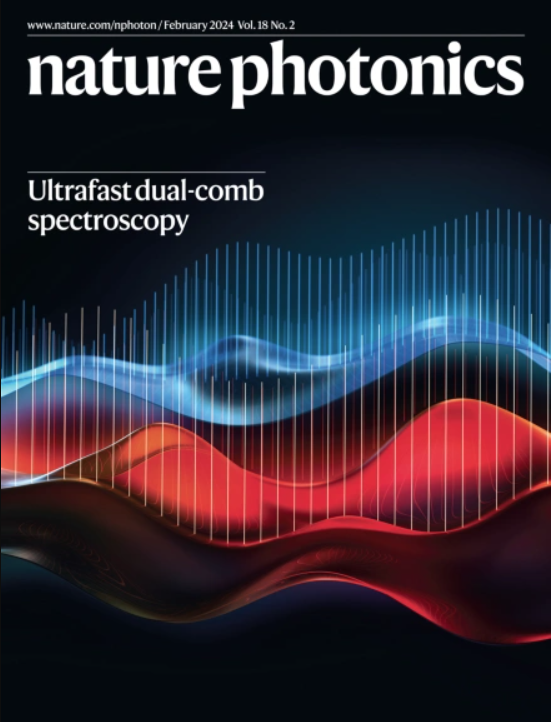推动超分辨率显微镜与MINFLUX
IF 32.9
1区 物理与天体物理
Q1 OPTICS
引用次数: 0
摘要
超分辨显微镜的性能在不断提高。《自然·光子学》采访了来自马克斯·普朗克多学科科学研究所的Stefan Hell,他谈到了该领域的关键里程碑、MINFLUX的当前能力以及令人兴奋的地方。本文章由计算机程序翻译,如有差异,请以英文原文为准。

Pushing super-resolution microscopy with MINFLUX
The performance of super-resolution microscopy is continuously improving. Nature Photonics interviewed Stefan Hell, from the Max Planck Institute for Multidisciplinary Sciences, about key milestones in the field, current capabilities of MINFLUX and what remains to be excited about.
求助全文
通过发布文献求助,成功后即可免费获取论文全文。
去求助
来源期刊

Nature Photonics
物理-光学
CiteScore
54.20
自引率
1.70%
发文量
158
审稿时长
12 months
期刊介绍:
Nature Photonics is a monthly journal dedicated to the scientific study and application of light, known as Photonics. It publishes top-quality, peer-reviewed research across all areas of light generation, manipulation, and detection.
The journal encompasses research into the fundamental properties of light and its interactions with matter, as well as the latest developments in optoelectronic devices and emerging photonics applications. Topics covered include lasers, LEDs, imaging, detectors, optoelectronic devices, quantum optics, biophotonics, optical data storage, spectroscopy, fiber optics, solar energy, displays, terahertz technology, nonlinear optics, plasmonics, nanophotonics, and X-rays.
In addition to research papers and review articles summarizing scientific findings in optoelectronics, Nature Photonics also features News and Views pieces and research highlights. It uniquely includes articles on the business aspects of the industry, such as technology commercialization and market analysis, offering a comprehensive perspective on the field.
 求助内容:
求助内容: 应助结果提醒方式:
应助结果提醒方式:


